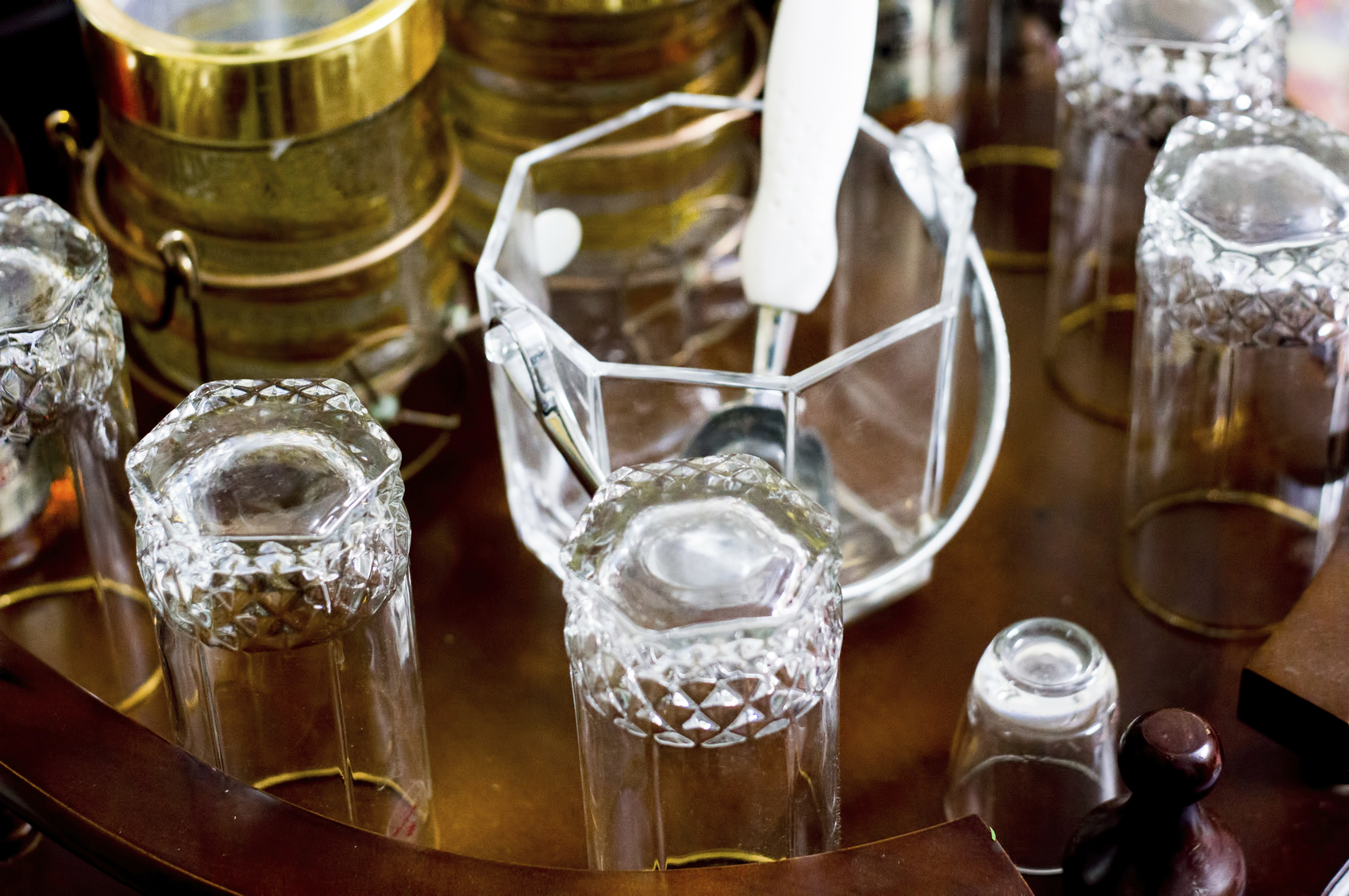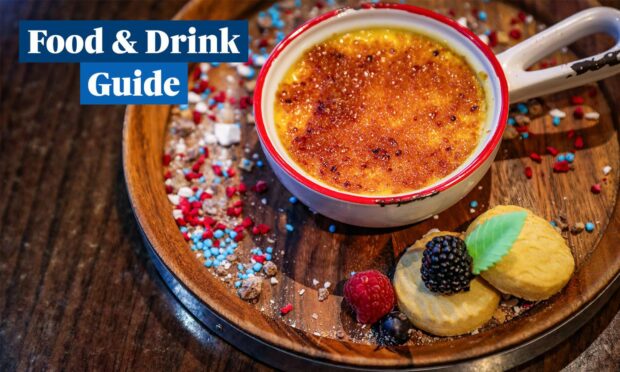One of the biggest whisky producers outside Scotland is India. Among the many legacies of the British Raj in the sub-continent is a passion for whisky. It may not match the Indians’ passion for cricket but it’s a strong runner-up.
Not that the Indian whisky industry hasn’t had its setbacks. United Spirits, the conglomerate built up by tycoon Vijay Mallya, landed in the mire a few years ago after another part of Mallya’s empire, the airline Kingfisher, flew into dire financial turbulence.
Diageo sought to take a majority share in United Spirits, which owned Whyte and Mackay and its five distilleries, including the iconic Dalmore. However, after UK competition authorities complained that the deal gave Diageo 40% of the UK blended whisky market, United Spirits eventually sold W&M plus some distilleries to the Filipino group Emperador for £430 million.
As I mentioned a few weeks ago, of India’s many whisky makers the only one to have made a successful push into the UK market has been Amrut, with its Fusion malt, plus some other expressions, being praised by whisky aficionados.
Now, however, Goa-based Paul John is establishing a presence here. It seems strange that a distillery with such an Anglophonic name should try to sell in Britain but, alone apparently among Indian whisky distillers, it only uses barley rather than the molasses often used by many Indian distillers. I have tried three Paul John malts – including one that will only be launched in the UK this autumn – and have found them among the best non-Scotch malts I’ve ever drunk.
I also recently met their international markets account manager (job titles are getting ever-longer these days), the tall, smiling, dark-bearded Shilton Almeida. His great-grandfather was Portuguese (hence Almeida) and his father a staunch fan of English football, especially of goalkeeper Peter Shilton. Had things been reversed, he might have been called Eusebio Carruthers.
Anyway, he introduced me to Paul John’s new peated malt, simply called Bold, set to arrive on the UK market this autumn. Interestingly, their UK distribution is done by Gordon and MacPhail, whom Shilton has duly visited in Elgin.










